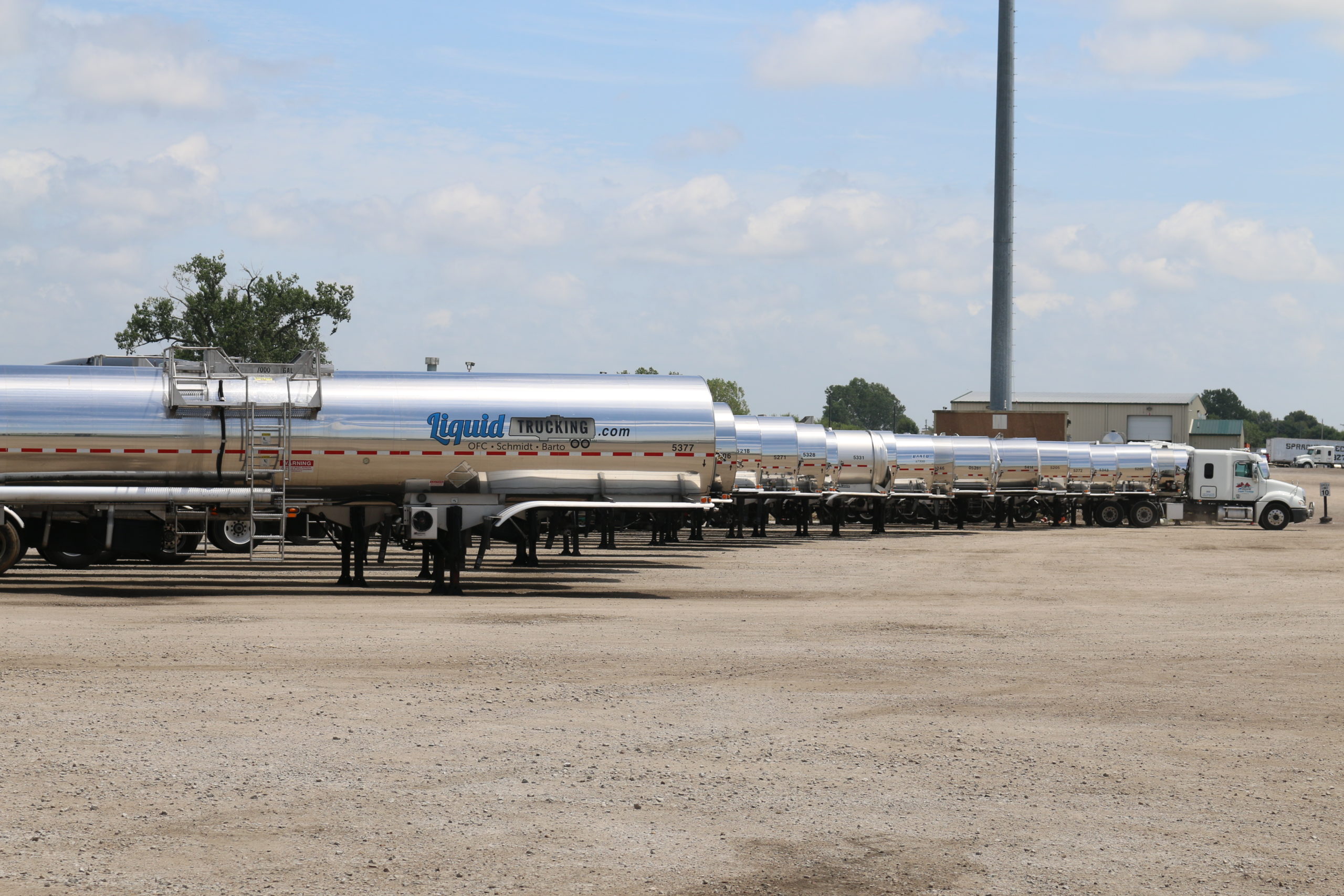Both the dairy and the food industries depend on materials being delivered quickly and smoothly. The ingredients that the food industries need come from many different areas, and some of these are halfway around the world. That means that logistics and transportation are important in ensuring that the industry is successful. But how exactly does food distribution work around the country? Keep reading to find out more.
Methods of Transportation
Several methods of transportation are often used for food distribution in the United States. The most common method is trucking, and this makes up around 70.5 percent of all food transportation. However, there are a couple of other common methods. For instance, around 17 percent is sent over railway and around 8 percent is sent via ships. Another 4.5 percent is sent through the air.
Many sizes of vehicles are used to transport food items. However, there are a few sizes that are more commonly used since they can hold a lot. For example, a common length of truck used to transport food is around 70 to 80 feet, and a commonly used plane length is 515 feet.
Considerations for Food Transportation
Because many finished products and raw materials have a short lifespan, the dairy and food industries face some challenges when it comes to delivering items. Many raw materials quickly go bad. For instance, cucumbers, bananas, grapes, and tomatoes do not last for very long, even if you store them in cool areas.
That means they need to get delivered on time. That also applies to finished products, such as bread. Many processed foods have short expiration times, and after that, stores can’t sell them anymore. Milk and pizza can quickly go bad.
Preserving the Quality
Out of every industry out there, the food industry can’t compromise on the quality of the items. If a product is substandard, a customer can immediately tell. The quality will depend on the producer or the manufacturer, but logistics is vital for preserving it. That’s why it’s so important to choose the right method of transportation. Foods need to be in certain conditions during transportation, and if the standards aren’t met, the food can quickly deteriorate.
Avoiding Contamination
Some foods, such as meats and some kinds of dairy, can attract harmful fungi and bacteria. Food contamination is a big health risk, so it is important to ensure that everything is kept clean. Certain safety standards must be met, and companies need to hire staff members that are specially trained in keeping food safe. Without this, the company would go out of business because of unsafe food. That is why refrigerated trucks are often used.
Risk of Damage and Breakage
Because some foods are more delicate than others, many food products can become damaged or broken while being transported. For instance, both ice cream cones and eggs can break with just a minor impact. Damage during transportation can cause the food industry to lose a lot of money each year. That’s why care needs to be taken during loading, packaging, and transporting to make sure that the food stays intact.
Closing Thoughts
Food distribution uses many transportation methods, but trucking is the most common. If you are looking for an experienced and qualified trucking team to transport your liquid goods, please call Liquid Trucking today at 844-GO-TANKS. You can count on us to move your items in a fast and cost-effective way!
